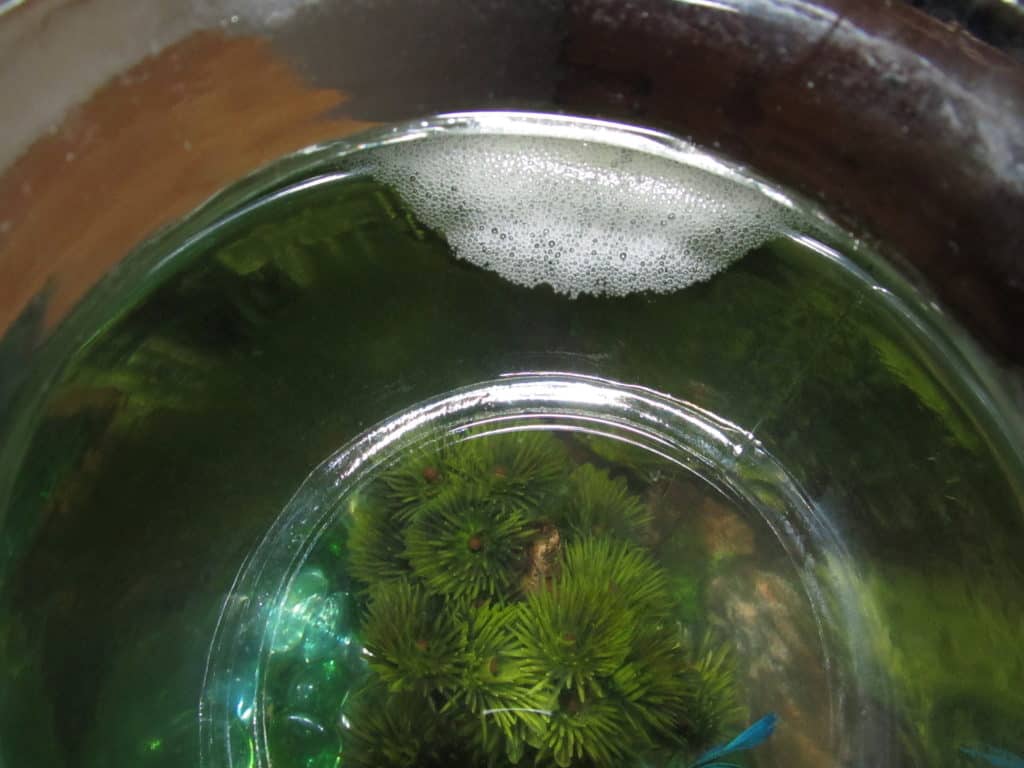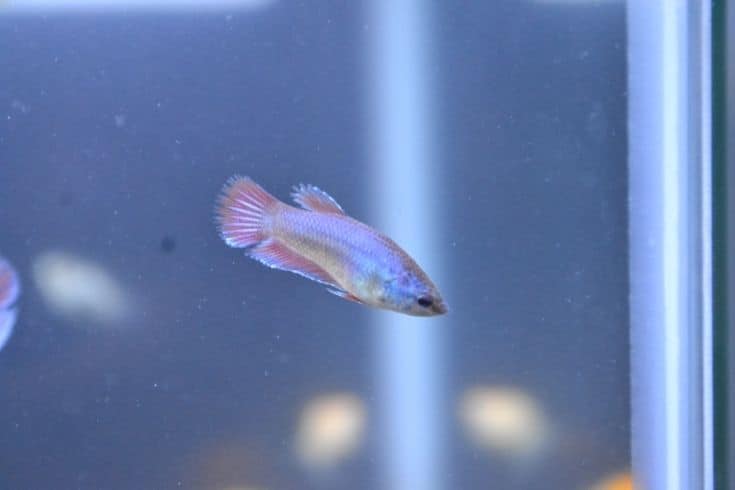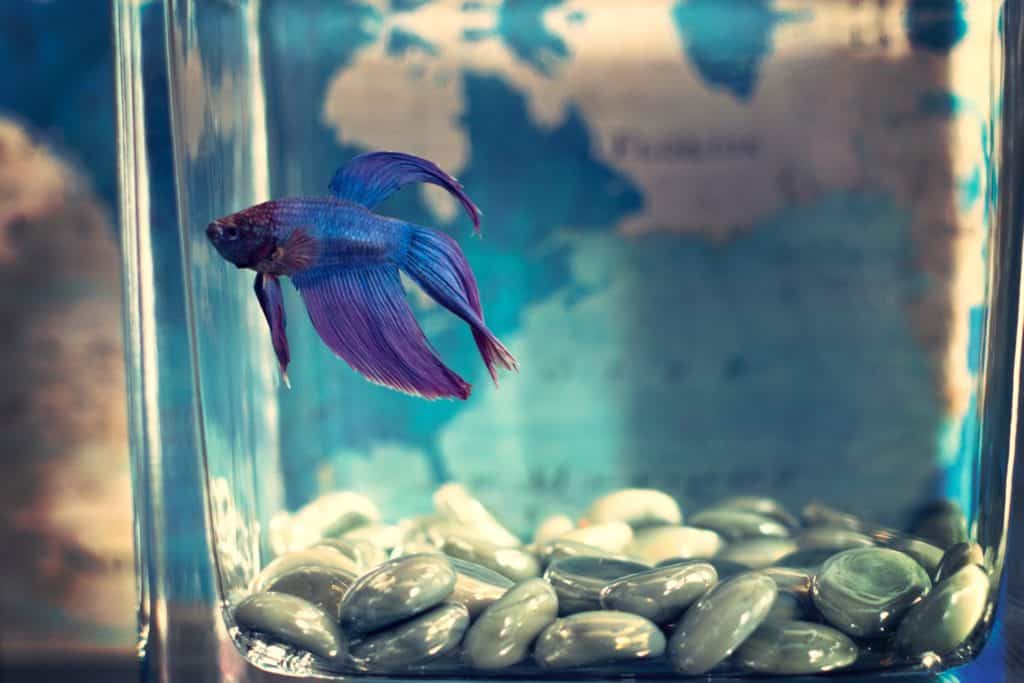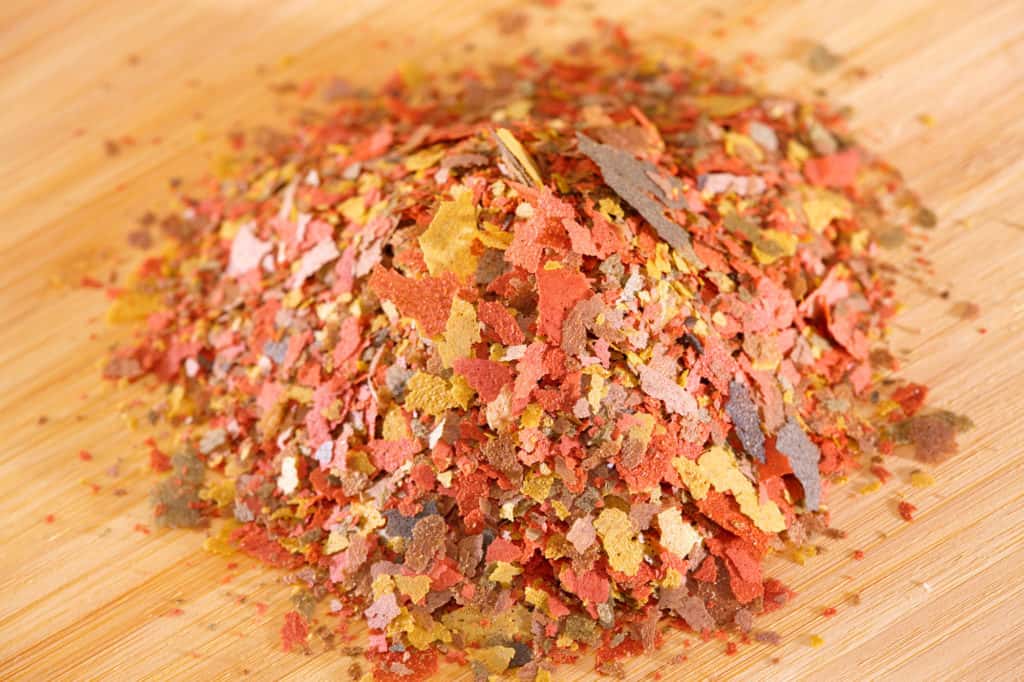Do baby bettas grow fast? Also known as Siamese fighting fish, these aquarium fish have a reputation for being hardy creatures that are lots of fun to care for – especially for beginners.
Healthy adult specimen can grow up to 3 inches in length, but how fast do their babies grow? In this blog post, we will explore what you can expect from your little buddy’s growth, so that you know exactly how big your new pet should be at each stage of its life!
4 Betta Fish Life Stages
Raising baby betta for the first time can be an exciting undertaking for any aquarist, regardless of their expertise. While the exact growth rate of individual fish can be hard to determine, there are several stages they go through before they become full-grown adults.
Egg Stage

The life cycle of your pet begins when female bettas release their fertilized eggs onto the water surface of the breeding tank. You can find these eggs easily by looking for the bubble nests they create on top of your aquarium’s water surface. Betta fry will hatch anywhere from two to three days after you first see their egg sacs emerge – depending on how warm the water is.
Fry Stage
Betta fry are very tiny, about the size of a tiny shrimp. They are very fragile during this time, so it is important to give them plenty of hiding places in the aquarium where they can feed on their yolk sacs without being disturbed by other tank mates or predators.
Juvenile Stage

Once your fry have left their egg sacs and started swimming freely, they become known as juveniles. Bettas reach this stage when they are about two weeks old, but the exact time frame can vary depending on how large their egg sac was. They grow quickly during this stage of life and will be about an inch long at two months of age.
Adult Stage
Once your fish have reached one year in age, they are considered to be adult betta at about three inches in length. You should be able to tell the difference between males and females by this point. Bettas can live up to two years if they are well cared for – which means that you get plenty of time with your tiny pet!
Baby Betta Growth Chart
Earlier, we discussed the four main stages of a betta fish’s life cycle and what to expect from your new pet as they grow. Now that you know how big they will likely be at each stage in their lives, it is time for us to reveal our growth chart! This easy-to-use tool will help you know exactly how big your little friend is getting each week based on their age.
Growth Stage
Newborn fry (Day-old)
Length
0.1 inch
Observations
At this stage, the tail is not visible
Growth Stage
One week old
Length
0.2 inches
Observations
The tail starts becoming visible
Growth Stage
Two weeks old
Length
0.25 inches
Growth Stage
Dorsal fins are now visible
Growth Stage
Three weeks old
Length
0.35 inches
Observations
At this stage, most parts of the fish should become apparent
Growth Stage
Four weeks old
Length
0.45 inches
Observations
Slight variance in length between different fish, ranging from 0.4 – 0.5 inches
Growth Stage
Five weeks old
Length
0.6 inches
Observations
Many pet stores start selling juvenile bettas at this stage.
Growth Stage
Six weeks old
Length
0.8 inches
Growth Stage
Length variance is now greater between fish: 0.75 inches to over an inch
Growth Stage
Seven weeks old
Length
1.1 inches
Observations
Most fish should have exceeded one inch in length by seven weeks
Growth Stage
Eight weeks old
Length
1.3 inches
Observations
Any increases in length beyond this point is slow and will vary greatly between fish
Growth Stage
Nine weeks old
Length
1.5 inches
Observations
Many experts believe that the “juvenile” stage ends when bettas turn nine weeks old
Tracking your fish’s growth from birth can be a highly rewarding experience, but remember that these numbers may vary depending on a myriad of factors! As long as you are providing your bettas with excellent care, you can rest assured knowing that they will have long, happy lives ahead of them.
Caring for Your Baby Betta

Now that you know how big your betta will be at each stage of its life, what do you need to do to care for them? Here are three things to keep in mind:
Maintain Ideal Water Parameters
You need to keep your water quality pristine for your baby betta. Baby fish are much more sensitive to changes in water chemistry than adults, so you should monitor ammonia levels closely. Pay special attention to your fry during water changes, as they are so small that they can be sucked into the siphon.
In addition, you should keep your fry in heated water. These are tropical fish, so they need warmer water between 74-82 degrees Fahrenheit. Use internal thermostat heaters to keep your tank well-heated. Juveniles are very sensitive to temperature changes, so this step is crucial!
Feed Appropriate Food

To help your bettas achieve maximum growth, you should feed them a high-protein diet. Baby bettas are carnivorous, so you can feed them bloodworms or brine shrimp. Nutritious as these food sources may be, they can be harmful when fed in large quantities to your baby fish. Refer to our feeding guide for more information on how to feed your fish!
It is also important to note that live food contains bacteria and parasites which can cause aquatic diseases in your delicate fry. Therefore, you should always purchase live foods from reliable sources to protect your fish!
Tank Size Matters
To raise healthy fish, you should provide them with 20-gallon tank, which will serve as a grow out tank for your fry until they are about an inch long. Some aquarists prefer to house younger fry in a 10-gallon tank breeding tank for the first 4-6 weeks of their lives before transferring their fish to the larger tank.
Whichever method you opt for, always be sure to house them in a tank with aged aquarium water. These delicate creatures are sensitive to ammonia, nitrites, and chlorine in the water, so you should cycle their new home before placing them inside.
Conclusion
Betta fish are truly amazing creatures that can continue to grow and change throughout their entire lives. Your little friend’s development may take several months of patience, but the end result is always worth it – especially if they bring you joy for many years to come!
Did you enjoy this article? Drop us a comment below to let us know what you think, and please share this article with a friend who might also enjoy it!
